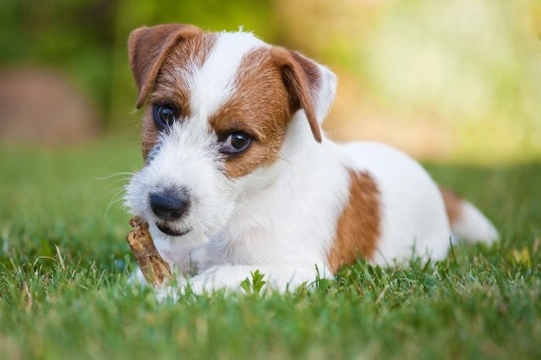Pets
Pets for studWanted petsBreedersAccessories & services
Knowledge hub
Support
Support & safety portal
What To Do If Your Dog Has Convulsions Or A Seizure
Various ongoing canine heath conditions such as epilepsy can lead to convulsions or seizures in the dog, and if your dog has a known condition, this will usually be managed with medication, and your vet will be able to tell you more about how to deal with any seizures that your dog later experiences.
However, some things can cause an otherwise healthy dog to undergo seizures or convulsions, such as a first epileptic attack prior to diagnosis, poisoning, or severe heat stroke. Seeing your dog suddenly collapse and undergo convulsions can be very frightening for the dog owner, and knowing how to respond if something like that should happen to your own dog is very important.
Read on to learn about how to react to seizures or convulsions in the dog, and what to do about them.
Monitor your dog’s behaviour
If your dog does not have a seizure-related health condition and you have no reason to suspect that there is a problem, it can be hard to identify the signs in your dog’s behaviour that something is wrong and that a potential seizure or convulsion is imminent. However, seizures and convulsions rarely come out of the blue without any signs, so if you know what out of the ordinary canine behaviours can indicate an impending seizure, you are one step ahead.
Various different types of unusual dog behaviours can indicate that they are about to undergo convulsions or a seizure, including trembling, pacing around, short fugues where your dog’s attention appears to be absent, and rapid blinking or indications that there is a problem with the eyes or head.
If you spot signs such as these in your dog, you may have minutes or just a few seconds to react, so try to clear other people and pets from the room, ensure that your dog is somewhere safe and that will not pose risk of injury if they lose control, and keep a close eye on your dog.
Getting help
If your dog is undergoing a seizure or you suspect that they might be about to, try to call for help as soon as possible. Ask someone to call the vet for you, and reduce light and noise to a minimum, and importantly, to stay calm and not panic! Ask them to bring a blanket and some pillows if possible to give your dog a soft surface to lie on, and to protect the head, which may thrash about violently mid-seizure.
Remember that while watching a seizure can be very stressful and frightening, it will pass, so try to stay calm.
Ensure your dog’s safety
Whether a seizure is imminent or has already begun, do what you can to protect your dog and keep them- and you-safe. A dog undergoing convulsions will not only thrash about wildly, but will also possibly snap and bite with their mouths during the seizure, without knowing what they are doing, so take care not to get in the way.
If your dog has a toy or anything in their mouth, remove this to a safe distance, and ensure that if your dog is wearing a harness or collar, this will not restrict their movement or present a risk of them getting tangled up.
Try to get your dog into the centre of the room, well away from stairs, obstacles and walls, and if possible, get some pillows under his head.
Do not try to restrain or hold down a convulsing dog; you must allow the fit to run its course. However, you can try to support the head if this is safe to do so, to avoid them hitting it when thrashing about.
After the convulsions have passed
As your dog regains their consciousness after the seizure or convulsions have passed, they will be very tired, disoriented and confused. Keep them calm and warm, and reassure them while they recover. Keep light and noise to a minimum, and do not push or encourage your dog to stand up until they are ready. Dogs will sometimes salivate excessively or foam at the mouth during convulsions, so have water to hand if they want it, but do not offer food or treats.
Speak to your vet
If your dog has never had a convulsion or seizure before, you must arrange to take them to the vet as an emergency case, as your vet will need to get to the bottom of why the convulsions occurred, and what can be done about them in future.
Try to make a note of information that will be helpful to your vet, such as what was happening prior to the fit, how long the fit lasted, and any signs or unusual behaviour your dog exhibited beforehand.
While seizures can be frightening and may indicate a problem with your dog’s general health, ongoing management and treatment can help to keep your dog safe, and minimise the chances of future recurrences. Don’t hesitate to speak to your vet if you are concerned about any aspect of your dog’s health, or if they are displaying any unusual behaviours that cause you concern.



